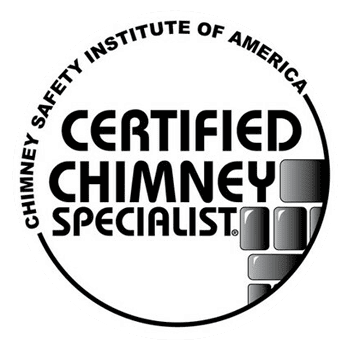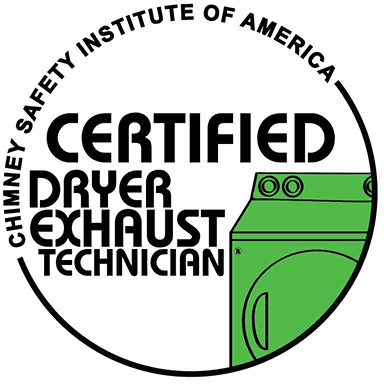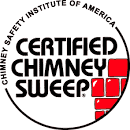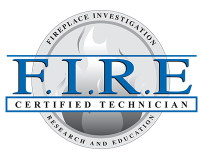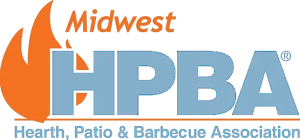Chimney pipes play a crucial role in ensuring the safety and efficiency of your fireplace and chimney system. These pipes are responsible for directing smoke, gases, and other byproducts of combustion safely out of your home. Choosing the right type of chimney pipe is essential for the safety and longevity of your heating system. In this comprehensive guide, we will explore the different types of chimney pipes, how they function, and what you need to consider when selecting one for your home.
What is a Chimney Pipe?
A chimney pipe is a tube-like structure that provides a passage for smoke and gases to exit a building. It connects the fireplace or stove to the chimney, allowing harmful byproducts to be safely vented outdoors. Chimney pipes are available in various materials, sizes, and designs, each serving specific purposes and installation requirements. Understanding these differences can help you make an informed decision when choosing a chimney pipe for your stove or fireplace.
Types of Chimney Pipes
There are several types of chimney pipes, each suited for different applications and fuel types. Below, we delve into the most common types to help you understand their unique features and benefits.
1. Single-Wall Chimney Pipe
Single-wall chimney pipes are the simplest type of chimney pipes. Made of stainless steel or galvanized steel, these pipes are designed for venting smoke and exhaust gases directly from the stove to the chimney. Single-wall chimney pipes are typically used for indoor applications, as they can get very hot and require a clearance of at least 18 inches from any combustible materials. These pipes are ideal for connecting wood-burning stoves to the main chimney but are not suitable for exterior use due to their lack of insulation.
2. Double-Wall Chimney Pipe
Double-wall chimney pipes, also known as double-wall stove pipes, consist of two layers of metal with an insulating layer in between. This design helps to maintain the flue gas temperatures, reducing the risk of creosote buildup and improving draft efficiency. Double-wall chimney pipes are safer to use in close proximity to combustible materials, as they only require a 6-inch clearance. They are suitable for both indoor and outdoor installations and are commonly used with wood stoves, pellet stoves, and other heating appliances that require high-temperature venting.
3. Class A Chimney Pipe
Class A chimney pipes, also known as insulated or triple-wall chimney pipes, are specifically designed for venting high-temperature exhaust gases from wood, oil, coal, and gas-burning appliances. These pipes consist of three layers: two stainless steel layers with insulation in between. The insulation provides added protection against high heat, making Class A chimney pipes suitable for exterior installations and passing through walls, ceilings, and roofs. They are widely used for fireplaces and chimney systems where safety and durability are paramount.
4. B-Vent Chimney Pipe
B-Vent chimney pipes are designed for venting low-temperature exhaust gases from gas-fired appliances. These pipes feature a double-wall construction with an air gap for insulation, which helps to maintain the efficiency of the venting system. B-Vent pipes rely on natural draft to expel exhaust gases, making them suitable for gas furnaces, water heaters, and fireplaces. However, they are not suitable for venting solid fuel appliances such as wood stoves.
5. Pellet Vent Pipe
Pellet vent pipes are designed specifically for pellet stoves, which burn compressed wood or biomass pellets. These pipes have a double-wall construction with a stainless steel inner wall and a galvanized steel outer wall, separated by an insulating layer. Pellet vent pipes are engineered to handle the lower temperature and moisture content of pellet stove exhaust, making them ideal for this type of application. They provide efficient venting while preventing the buildup of creosote and condensation.
6. Direct Vent Chimney Pipe
Direct vent chimney pipes are used with direct vent gas appliances, such as gas fireplaces and stoves. These pipes feature a coaxial design, with an inner pipe that vents exhaust gases and an outer pipe that draws in fresh air for combustion. This setup ensures that the appliance operates efficiently and safely, without the need for a chimney. Direct vent pipes are ideal for modern homes where traditional chimney installations are not feasible.
Factors to Consider When Choosing a Chimney Pipe
Selecting the right chimney pipe for your fireplace or stove involves considering several important factors:
- Fuel Type: Different types of chimney pipes are designed for specific fuel types, such as wood, gas, pellet, or oil. Ensure that the chimney pipe you choose is compatible with the fuel you are using.
- Installation Location: The location of the chimney pipe installation, whether indoors or outdoors, will influence the type of pipe you need. Double-wall or Class A chimney pipes are recommended for exterior installations, while single-wall pipes are suitable for indoor use.
- Clearance Requirements: Chimney pipes have specific clearance requirements to ensure safety. Single-wall pipes need more clearance from combustible materials compared to double-wall or Class A pipes.
- Efficiency and Safety: Insulated chimney pipes, such as double-wall or Class A pipes, provide better efficiency and safety by maintaining flue gas temperatures and preventing creosote buildup.
- Building Codes and Standards: Always check local building codes and standards before selecting and installing a chimney pipe. Compliance with these regulations is crucial for ensuring the safety and legality of your installation.
Maintenance Tips for Chimney Pipes
Regular maintenance is essential to keep your chimney pipes in good working condition and to prevent potential hazards. Here are some maintenance tips to follow:
- Regular Inspections: Have your chimney pipes inspected annually by a professional chimney sweep to check for any signs of damage, corrosion, or blockages.
- Cleaning: Creosote buildup can be a serious fire hazard. Make sure to clean your chimney pipes regularly, especially if you use your fireplace or stove frequently.
- Replace Damaged Pipes: If you notice any signs of damage or wear, such as rust or cracks, replace the affected chimney pipe immediately to ensure the safety of your fireplace & chimney system.
Best Chimney Sweep in Kansas City
Understanding the different types of chimney pipes and their specific uses is crucial for the safety and efficiency of your fireplace and chimney system. Whether you need a chimney pipe for a wood stove, gas fireplace, or pellet stove, selecting the right type is essential for proper venting and longevity. Chimney pipes are available in various materials and designs, each suited for different fuel types and installation requirements.
At Chimney Restoration of Kansas City, we understand the importance of a safe and efficient chimney system. Our team of expert chimney sweeps is here to help you choose the right chimney pipe for your home and ensure that it is installed and maintained correctly. If you have any questions or need assistance with your fireplace & chimney system, don’t hesitate to reach out to us. Let us help you keep your home safe and your chimney in top condition.



